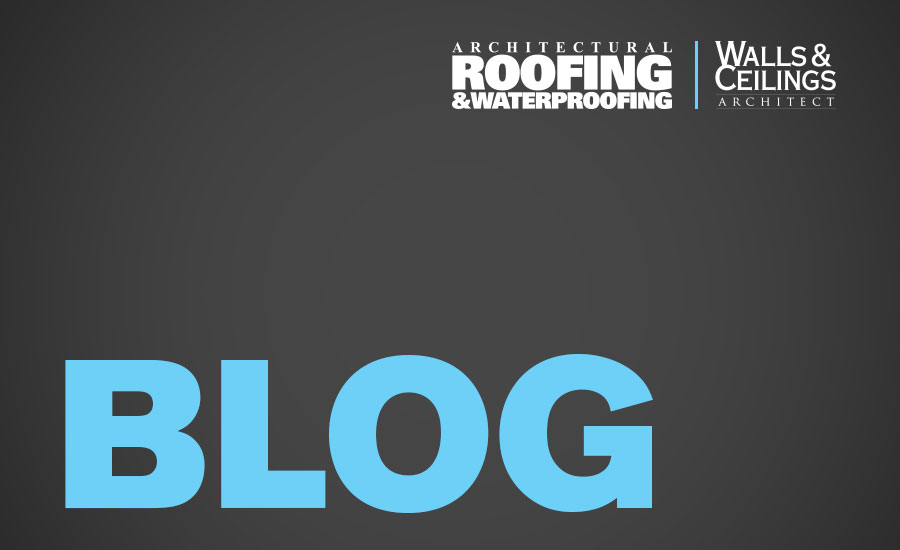Roof coatings continue to expand in the United States commercial roofing market. Long associated as repair materials, they are now widely used for their environmental capabilities as well. Coatings provide the reflective and emissive properties required for roof systems to meet Energy Star and LEED requirements. They are now available for use on all types of low-slope roofing membranes. The increase in market share has led to expansion of the types of coatings now used in the roofing/waterproofing market.
Polyurea coatings were developed in the late 1950s, and they have a long history in industrial applications such as wastewater basins, sewer linings, marine coatings, and tank and pipe coatings. Polyurea has also been used extensively in transportation products such as bed liners for trucks, boat construction and railcar lining. Use in construction includes bridge deck construction, flooring and parking decks.
There has been an increased use of these materials as roof coatings within the last decade. The formulation offers some unique benefits. The primary benefit is that it is a fast-setting material regardless of humidity and ambient weather temperatures.
The other primary benefit derives from the physical properties that these coatings provide. The coating can be formulated to provide high elongation and superior tensile strength and has excellent waterproofing capacity. Additional benefits for roof applications are that the product can be slip resistant or have other textured additives for aesthetics. Polyurea can be developed in UV-stable colors to meet all industry requirements.
Application is similar to other spray-applied coatings to meet any required mil thicknesses. As with all coating systems, we recommend that application is completed by a manufacturer-trained and certified contractor.
Polyurea provides excellent bonding to all substrates (i.e., wood, concrete, plastic and various roof membrane materials). Best practices require that the polyurea material is tested over the required substrate and/or roof membrane prior to full application.
Initial costs are higher than conventional coatings due to advanced formulations. However, service life can be as much as double that of some conventional coatings.


Recent Comments
These are actually very helpful tips. It is...
This is the most beneficial blog for all...
This blog is a great resource for anyone...
Thank you for sharing this important information. I...
This is a very interesting subject of the...